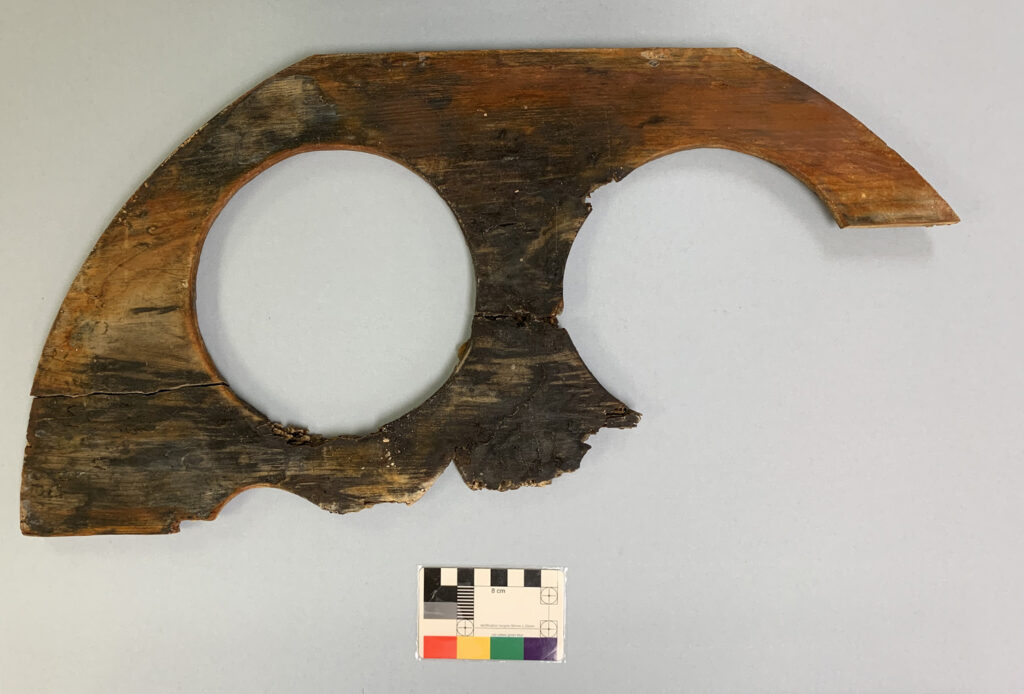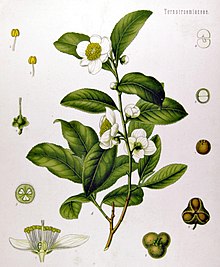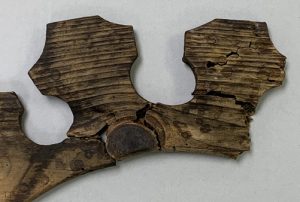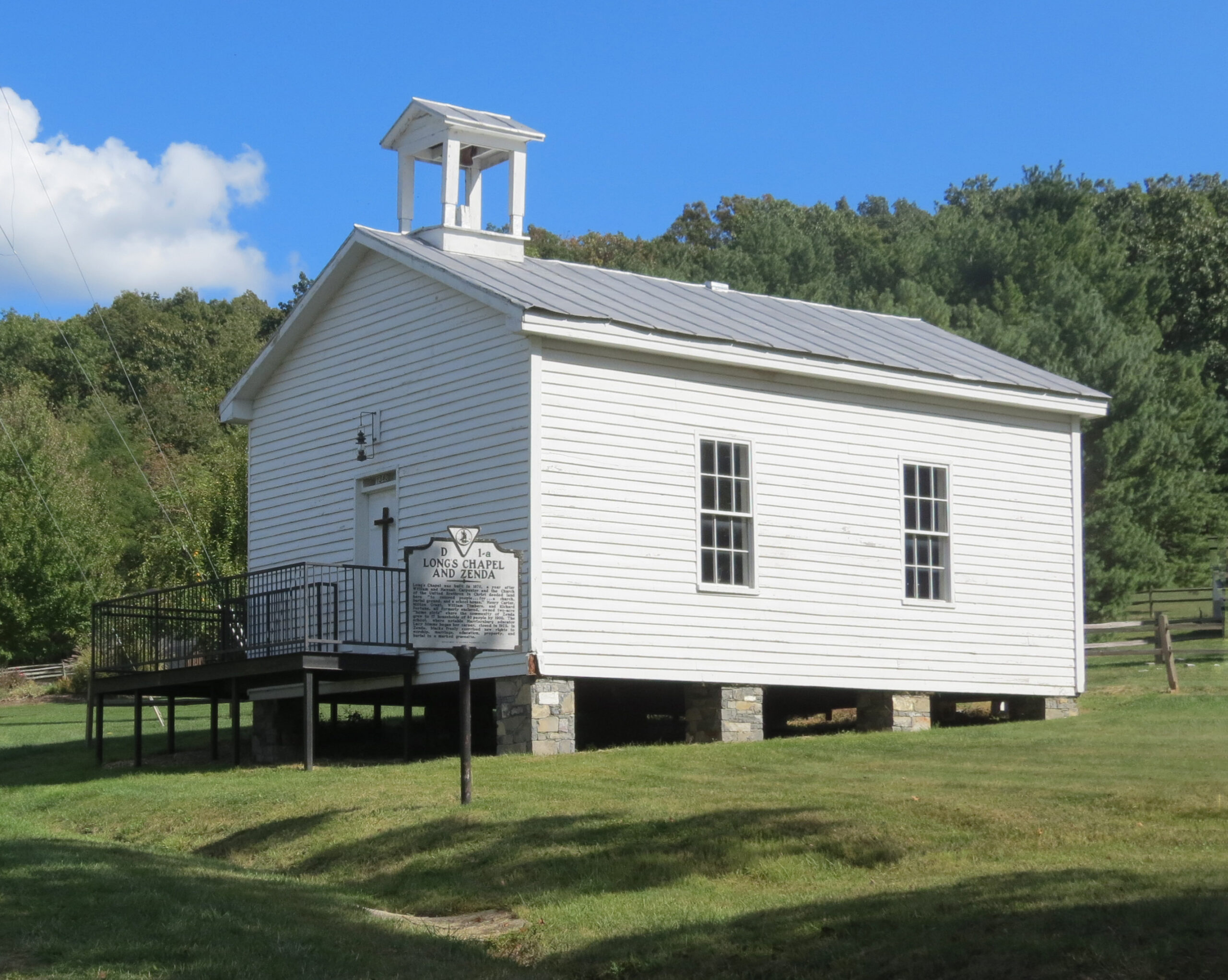Spotlight on Collections: High Tea on the High Seas

In the 18th century, tea was already a very important part of British society and daily life, even during life aboard a collier (coal transport ship). When Betsy was intentionally sunk prior to the Battle of Yorktown in 1781, she took with her at least two wonderful examples of seafaring china cupboards. Fast forward to the project underway at DHR and researchers are learning so much more about the china cupboard and its manufacturing. For the first time in the history of the Betsy project, we have the space and resources to assemble fragments of the china cupboard and piece together the form and function of this piece of furniture.
In form, the cupboard boasts a half-dome top constructed from wooden ribs fanning from a central spot with veneer between. This was likely framed by a decorative trim arching across the front.
Architecturally inspired elements were fixed as ornamentation along the side edges of the cupboard—evidenced by a pilaster (looking like a square column on a building) that would have flanked either side of the shelves.
The twelve known shelves archaeologists recovered offer a combination of scalloped full- and half-circle fronts. The shelves have specific cutouts to fit different dishes associated with dining in the 18th century. The cutouts would ensure that the dishware remained fastened and safe even in the heaviest seas.
The very specific cutouts in the shelves help us understand what dishware Betsy’s captain considered important. We see clearly that some shelves are meant for tea cups and saucers, while others held larger dishes such as plates and bowls.
The type of wood and the density of its grain often determine the perceived value or quality of a piece of furniture—a criteria common to the 1700s as it is today. In the case of china cabinet, the grain is of low density—indicating a less desirable wood—with many prominent knots. Despite the low quality of the wood, the cupboard has an ornate form to enhance its appearance. So, in addition the architectural decorations, it is very likely that the shelf was painted to hide the wood—although no surviving paint remains to confirm the supposition.
Stay tuned to this page for updates on the progress of the project to understand the Betsy china cupboard.
Chelsea Blake,
Conservator, Betsy Project











